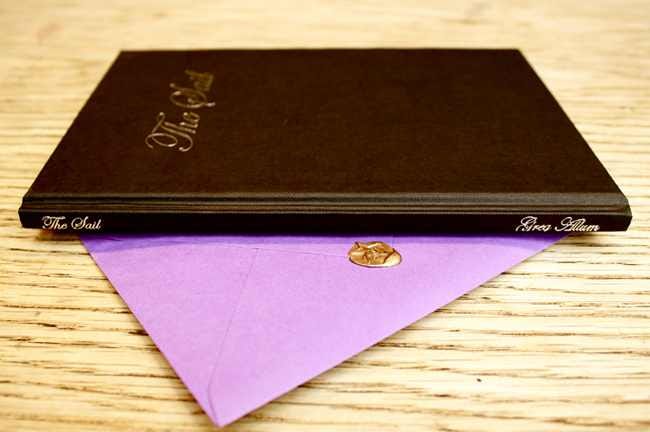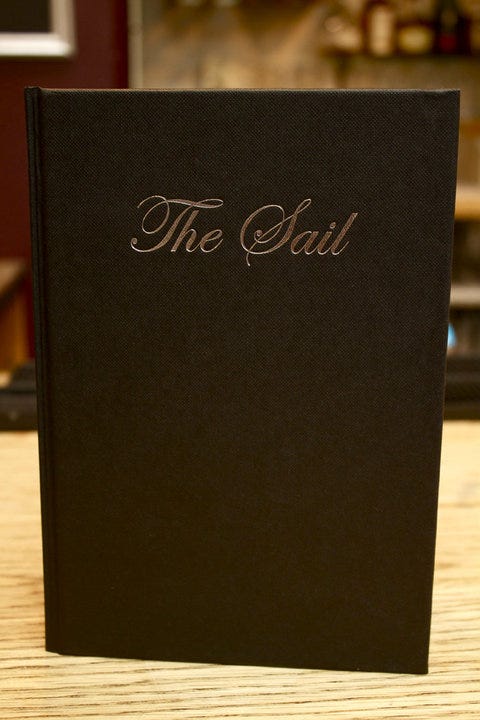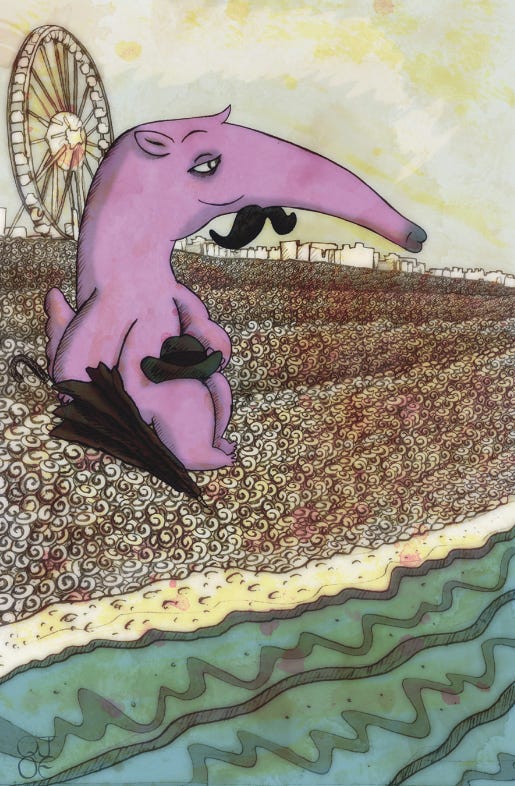From $25k in Debt to Sold Out: My Self-Publishing Journey (1/5)
The Highs, Lows, and Lessons Learned
Self-publishing is an adventure. It’s exhilarating, exhausting, rewarding, and, at times, utterly frustrating.
For many writers—especially poets and artists—getting published feels like a dream wrapped in mystery.
How do you fund it?
How do you sell it?
And most importantly, how do you make sure your work reaches the right audience?
Over the last two decades, I’ve walked this path. I’ve self-published four books, selling 3,500 copies, each with its own successes, failures, and surprises.
I’ve poured my own money, which amounts to thousands of $ into projects, crowdfunded with Kickstarter, learned hard lessons about distribution, and navigated the unexpected costs of shipping and marketing. Each book taught me something different, shaping how I see publishing, creativity, and what it truly means to get your work into the world.
This series is for you—the writer or poet sitting on a manuscript wondering, Can I do this myself?
The short answer is yes. The longer answer is, well, more complicated.
This is the first of a five-part series on my self-publishing journey, with a new post coming out every Saturday morning for the next 5 weeks.
I’ll share the real experience—the excitement of launching a book, the crushing realities of logistics, the lessons I wish I had known earlier, and whether I’d do it all again. If you’re a writer or poet considering self-publishing, my hope is that this series will help you make informed decisions, avoid pitfalls, and ultimately get your work into the hands of the people who need it most.
And after doing this four times, I vowed never ever to do it again…yet here I am contemplating self-publishing my fifth book, ‘The Familiarity.’
What I’ve Learned About Self-Publishing
Here are five hard-won lessons from my experience of self-publishing. In the next posts, I’ll dive deeper into each book and how these lessons shaped my journey.
1. Ambition is Good—But Be Realistic
When I published my first book, The Night Shines Like Fireflies, I printed 2,000 copies. I was excited, optimistic, and, frankly, naive. Managing that many copies as a first-time self-publisher was overwhelming, both financially and logistically.
Also no-one warned my house-mate at the time that storing 2,000 books in boxes would take over our entire hallway. (Oops…sorry!)
Ambition is necessary, but realism is your friend, and even though over a period of 3 years, I sold them all due to the popularity of the band who featured. Start small. You can always print more.
2. Quality Matters—But So Does Market Fit
The Sail was a beautifully crafted book, with careful attention to design, and it resonated with readers because its themes of grief and healing were universal. This was my most successful book, it garnered awards, it sold out of all 500 copies - YET I still couldn’t get an agent or a publisher to help expand its reach beyond my own network.


This book taught me the perfect recipe of self-publishing is part art, part science, part luck. I had everything but the final piece of luck to get this further afield.
Although the decision to hand-sign, number, and wax seal a love-letter in each book was one I’d later regret!
3. Community Support Can Make or Break Your Project
With The Anteater That Didn’t, I turned to Kickstarter for funding. It taught me that building and engaging with a community is essential. Readers aren’t just buyers; they’re your champions. Crowdfunding isn’t just about raising money—it’s about building relationships with people who believe in your work. What a relief not to have to fund the book itself, but the expectation of the Kickstarter crowd and the rewards drained me.
The Anteater That Didn't Kickstarter Page
It also taught me the tough lesson in how (not) to collaborate with another artist on a passion project (TL;DR - it’s never easy).
4. Perfection is a Myth—But Editing is Non-Negotiable
I made proofreading mistakes that I wish I could take back. Being deeply involved in your own art makes you blind to its flaws. Bring in fresh eyes. Hire an editor if you can. Your future self will thank you.
My favorite error was in The Sail, where the protagonist smashed a picture frame into ‘chards’ of glass. Oops!
5. Distribution is Everything
Printing the book is almost the easy part. Getting it into readers’ hands is the hard part. I learned the importance of building mailing lists, trying to find distribution channels, the truth about Amazon Marketplace, and thinking through logistics like shipping costs. (Spoiler: shipping will haunt you and Amazon will take at least 50% of your RRP)
What’s Coming Next?
In the posts coming over the next month, I’ll break down my experiences with each of my books:
The Night Shines Like Fireflies – A photography book documenting a famous band’s last recording session and cityscapes of Berlin, my first self-published book, and a lesson in ambition and financial risk.
The Sail – A collaborative, beautifully designed book that resonated deeply with readers but missed the opportunity to scale beyond the initial print run.
The Anteater That Didn’t – A Kickstarter-funded experiment that highlighted the importance of community support and the unexpected challenges of printing.
Carbon – A deeply personal poetry collection that taught me that just because something is meaningful to me doesn’t mean it will sell.
Along the way, I’ll discuss pricing, distribution, marketing, Amazon, and all the things no one tells you before you hit "publish." If you’ve ever dreamed of putting your own book out into the world, stick around—this series is for you.



This will be very interesting and I appreciate your sharing. Thank you.
I’ve self pub-bed two books. The first was definitely learning by trial and error and failure. So, I am redoing the cover and formatting—I still believe in the story and it is fine for fantasy. The second had a more resonating message but poor distribution is having it wither; so, I’m spitballing over what audiences would like it and how to get it to them Learning the ads game and mailing list game. For my latest project I’m doing short stories first on Kindle Villa which is shutting down Feb 26th and why I came here. I’m serializing them and learning the sub and follower game. The hardest thing is to find readers.